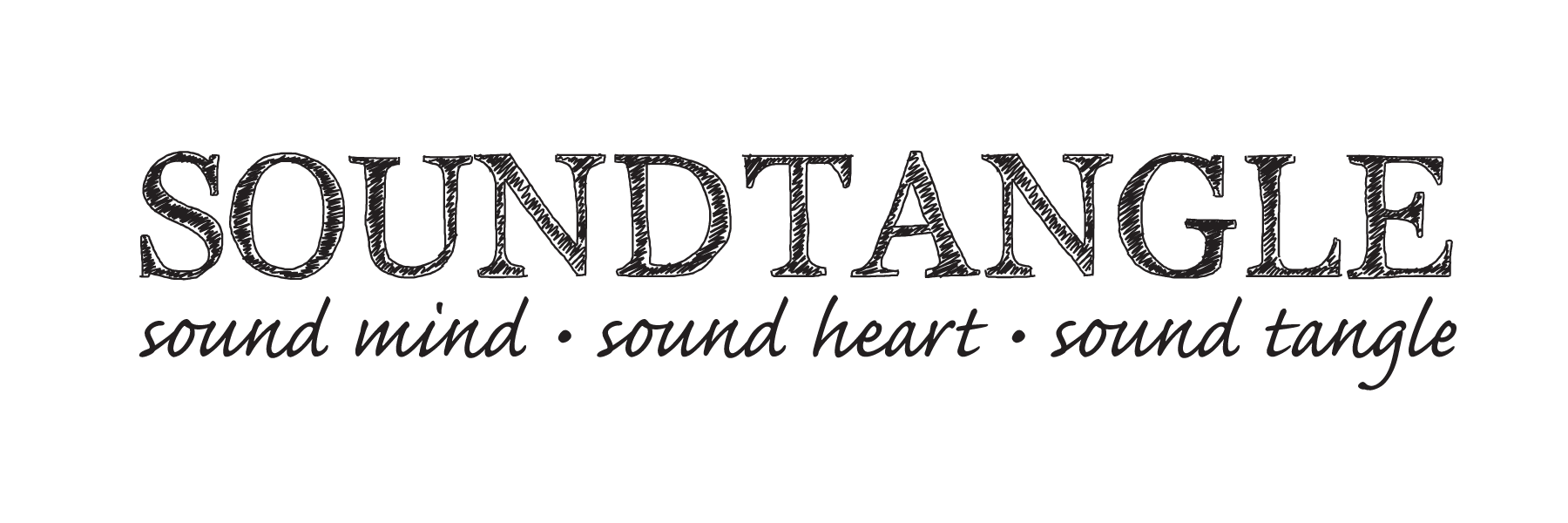When I started down the path of practicing and exploring the world of Zentangle in 2013 – I did not imagine that it would open up so many opportunities and gifts – primarily reinforcing the benefits of sitting quietly and reflecting, of breathing deeply and allowing my mind an opportunity to rest from the constant input, busy spinning of thoughts and a way to help myself relax. This practice, and reinforcement of my awareness benefits me by helping me keep calm when life throws curveballs and shows me the importance of quieting my mind to allow myself an opportunity to process the events of a day.
Through my own journey and experiences, I have enjoyed sharing the benefits and importance of slowing down in my classes, through my podcast and in conversation with friends, family and even random encounters of people on their own path.
I am very happy to extend the philosophy and wisdom of slowing down in these distracted times with my new book: Sit Quietly. Listen Loudly.

Sit Quietly, Listen Loudly. The instructions are simple, the practice takes time. Small doses of wisdom sprinkled through this volume look at the quest for understanding in our daily lives, with encouragement and wisdom about the practice of quieting the mind and slowing down enough to pay attention. Within each of us lies the wisdom we need to guide our journeys. The noise of our time often drowns out what we need to hear to feel calm and at peace.
Sit Quietly, Listen Loudly offers a nudge for your own exploration into the history and knowledge you hold, encouraging you to find the time in a quiet moment to reflect and process the experiences of your day.
When you learn to listen, there is a softening of your thoughts, a connection of the experiences you have encountered and a balancing of the emotion that you may react to. Sit Quietly, Listen Loudly. There is peace in the world and it starts with a simple observation, it is shared with a kind word, it is spread through the acknowledgement that we all need space to breathe. In this world of constant inputs and streams, we need to rediscover how to process our understanding and experiences.


















